
I-BOOT I-O-48
DEPTH: 25 - 28 m
SKILL: Advanced
I-O-48 (I-48); Infantry transporter (Infanterie Boot, Infanterietransporter, I-Boot); German Navy
Built: Siebel, Germany
Sunk: 19th October 1944 (sunk by the Germans during retreat)
Dimensions: l=18.50 m, w=4.0 m, h=1.2 draught empty=0.45m
Coordinates: 42.77121° N, 17.87321° E
Location: Approximately 600 m south of the entry to Slano cove, 50 m from the coast (east part of the cove’s entrance).
Access: 2/5 access is solely by boat (the location is along the shore, but the terrain is inaccessible)
Visibility: 4/5 mostly good
Current: 5/5 mostly weak
Flora and fauna: 4/5 varied life on and around the wreck, occasionally specimens of larger fish and crabs
HISTORY:
In the autumn of 1944, German forces were in a phase of massive retreat towards the north of the whole Balkan region, abandoning regions such as Greece and Albania due to the pressure from the Allied Forces. A significant proportion of materials and personnel were transferred by sea towards the north along the eastern shores of the Adriatic using all available sailing craft. By the middle of October 1944 strong Partisan forces attacked the whole region from Cavtat to Slano, making the German retreat difficult. On 18th October the German navy forces began the evacuation of Dubrovnik, from which two navy artillery boats sailed out. About 350 people boarded each boat. These boats sailed to Slano on 19th October around 0200 hrs. and by dawn all the soldiers had disembarked and equipment unloaded onto the shore. Slano harbour was under attack from Partisan units and the Germans were forced to immediately continue preparation for their retreat towards the north. Orders were given to blow up the MAL-6 boat on which both engines were malfunctioning and could only reach a speed 2.5 knots, which was too slow to retreat.
Sub-Lieutenant Ritter was ordered to sail out from Slano harbour and break out heading northwards along with seven landing boats and the MAL-7 boat. In the afternoon of the same day, Sub-Lieutenant Müller was ordered to blow up the remaining three infantry landing boats (the I-O-15, I-O-46 and I-W-68) and all three crews were to be transferred to one truck in a convoy of a retreating German column. After some time all three boats were sunk, in the area in front of the entrance to Slano cove. The crews together with the other German units continued to retreat by land towards Neum and then further towards Metković.
The wreck of the infantry landing boat which lies near the southern cape outside Slano cove is one of the three boats mentioned in the report by Sub-Lieutenant Müller. We cannot be certain if it’s the I-O-15, I-O-46 or I-W-68, as all three were sunk in front of the cove, however considering the wreck was armed with one 20 mm gun there is an indication that it is the I-O-15 or I-O-46, because the I-W-68 was a boat-workstation (W-Werkstatt).
WRECK CONDITION AND DIVING:
The wreck lies on a gentle, sandy, underwater slope at a depth of 25-28 m, and it is about 50 m away from the coast, slightly tilted on its right side. At first sight it is obvious that the wreck is well-preserved as the hull of the boat looks undamaged. Behind the cargo hold the space extends into two engine rooms, which are also divided in two by the same partition which extends all the way to the stern. This longitudinal structure enabled the boat to separate into two parts longitudinally during transport, to be able to be loaded onto a train wagon and not to exceed the maximum width of the wagon. The reassembly of the boat could be carried out in any open space with the appropriate toolkit, and it could be placed in the water with a standard crane.
The right engine room is completely intact, the top hatch is open which also served as the entrance to the engine room. Peeking into its interior, we can see a vertical ladder and part of the right Ford V-8 engine which delivered the power of 80 hp. In the interior dwell a few lobsters that curiously extend their long red-white feelers towards anyone who peeks into the interior.
At the end of the stern a lever system can be seen, which leads from the helm towards two stern rudders. The left propeller is visible and around it hides a shoal of two-banded breams, while the right propeller is buried in the sand. A few metres further from the bow on the seabed lies a 20 mm anti-aircraft gun. This was probably separated from the forecastle together with its pedestal during the sinking, and upon hitting the sea bottom the barrel was severely bent. Now it is decorated with clusters of yellow tube sponges as well as large black sponges.
The wreck of the infantry landing boat which we assume is the I-O-15 or I-O-46 is not the only one in the waters of Dubrovnik, since we know there were altogether three boats sunk in the area in front of the entrance to the cove of Slano. Unfortunately, to date we haven’t managed to find out which of them has been found or if they are still awaiting discovery. Near the northern cape at the entrance to the cove lies the wreck of the MAL-6 artillery landing boat, the location of which is luckily known. Unfortunately, as opposed to our landing-assault boat, it is completely overturned so the specifics of its equipment and armaments cannot be seen.
The description and illustrations are a courtesy of Danijel Frka and Jasen Mesić. Buy the whole book here: https://shop.naklada-val.hr/product_info.php?products_id=561
Built: Siebel, Germany
Sunk: 19th October 1944 (sunk by the Germans during retreat)
Dimensions: l=18.50 m, w=4.0 m, h=1.2 draught empty=0.45m
Coordinates: 42.77121° N, 17.87321° E
Location: Approximately 600 m south of the entry to Slano cove, 50 m from the coast (east part of the cove’s entrance).
Access: 2/5 access is solely by boat (the location is along the shore, but the terrain is inaccessible)
Visibility: 4/5 mostly good
Current: 5/5 mostly weak
Flora and fauna: 4/5 varied life on and around the wreck, occasionally specimens of larger fish and crabs
HISTORY:
In the autumn of 1944, German forces were in a phase of massive retreat towards the north of the whole Balkan region, abandoning regions such as Greece and Albania due to the pressure from the Allied Forces. A significant proportion of materials and personnel were transferred by sea towards the north along the eastern shores of the Adriatic using all available sailing craft. By the middle of October 1944 strong Partisan forces attacked the whole region from Cavtat to Slano, making the German retreat difficult. On 18th October the German navy forces began the evacuation of Dubrovnik, from which two navy artillery boats sailed out. About 350 people boarded each boat. These boats sailed to Slano on 19th October around 0200 hrs. and by dawn all the soldiers had disembarked and equipment unloaded onto the shore. Slano harbour was under attack from Partisan units and the Germans were forced to immediately continue preparation for their retreat towards the north. Orders were given to blow up the MAL-6 boat on which both engines were malfunctioning and could only reach a speed 2.5 knots, which was too slow to retreat.
Sub-Lieutenant Ritter was ordered to sail out from Slano harbour and break out heading northwards along with seven landing boats and the MAL-7 boat. In the afternoon of the same day, Sub-Lieutenant Müller was ordered to blow up the remaining three infantry landing boats (the I-O-15, I-O-46 and I-W-68) and all three crews were to be transferred to one truck in a convoy of a retreating German column. After some time all three boats were sunk, in the area in front of the entrance to Slano cove. The crews together with the other German units continued to retreat by land towards Neum and then further towards Metković.
The wreck of the infantry landing boat which lies near the southern cape outside Slano cove is one of the three boats mentioned in the report by Sub-Lieutenant Müller. We cannot be certain if it’s the I-O-15, I-O-46 or I-W-68, as all three were sunk in front of the cove, however considering the wreck was armed with one 20 mm gun there is an indication that it is the I-O-15 or I-O-46, because the I-W-68 was a boat-workstation (W-Werkstatt).
WRECK CONDITION AND DIVING:
The wreck lies on a gentle, sandy, underwater slope at a depth of 25-28 m, and it is about 50 m away from the coast, slightly tilted on its right side. At first sight it is obvious that the wreck is well-preserved as the hull of the boat looks undamaged. Behind the cargo hold the space extends into two engine rooms, which are also divided in two by the same partition which extends all the way to the stern. This longitudinal structure enabled the boat to separate into two parts longitudinally during transport, to be able to be loaded onto a train wagon and not to exceed the maximum width of the wagon. The reassembly of the boat could be carried out in any open space with the appropriate toolkit, and it could be placed in the water with a standard crane.
The right engine room is completely intact, the top hatch is open which also served as the entrance to the engine room. Peeking into its interior, we can see a vertical ladder and part of the right Ford V-8 engine which delivered the power of 80 hp. In the interior dwell a few lobsters that curiously extend their long red-white feelers towards anyone who peeks into the interior.
At the end of the stern a lever system can be seen, which leads from the helm towards two stern rudders. The left propeller is visible and around it hides a shoal of two-banded breams, while the right propeller is buried in the sand. A few metres further from the bow on the seabed lies a 20 mm anti-aircraft gun. This was probably separated from the forecastle together with its pedestal during the sinking, and upon hitting the sea bottom the barrel was severely bent. Now it is decorated with clusters of yellow tube sponges as well as large black sponges.
The wreck of the infantry landing boat which we assume is the I-O-15 or I-O-46 is not the only one in the waters of Dubrovnik, since we know there were altogether three boats sunk in the area in front of the entrance to the cove of Slano. Unfortunately, to date we haven’t managed to find out which of them has been found or if they are still awaiting discovery. Near the northern cape at the entrance to the cove lies the wreck of the MAL-6 artillery landing boat, the location of which is luckily known. Unfortunately, as opposed to our landing-assault boat, it is completely overturned so the specifics of its equipment and armaments cannot be seen.
The description and illustrations are a courtesy of Danijel Frka and Jasen Mesić. Buy the whole book here: https://shop.naklada-val.hr/product_info.php?products_id=561

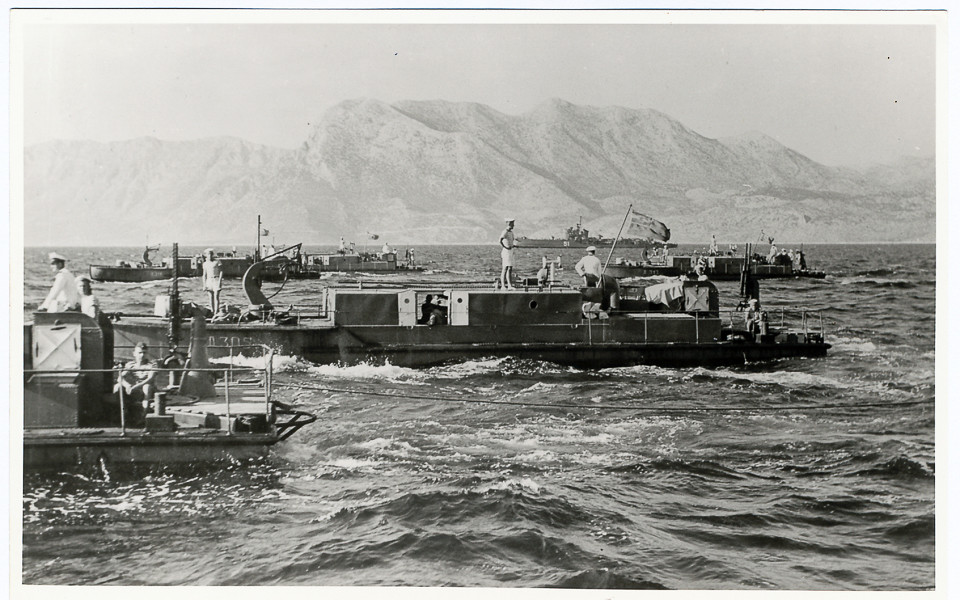

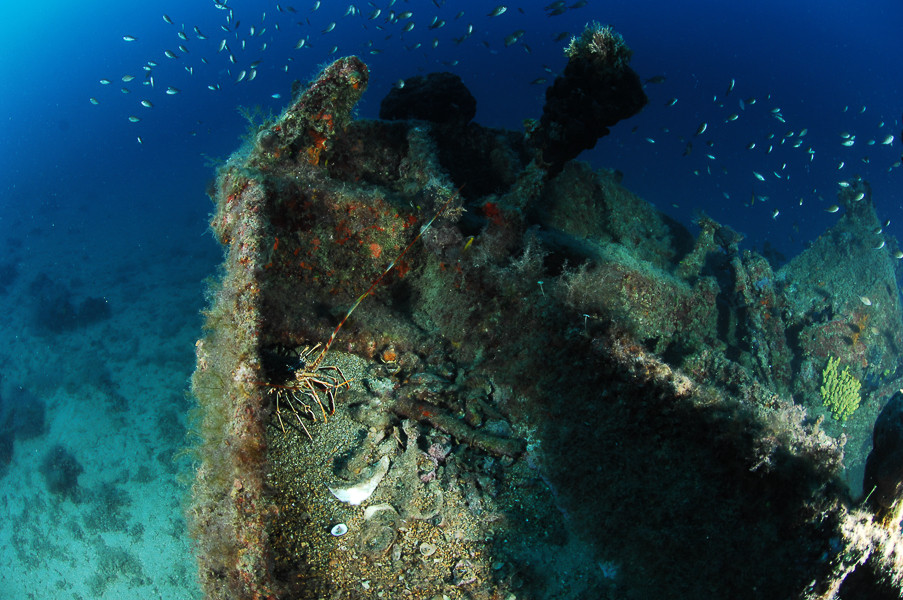
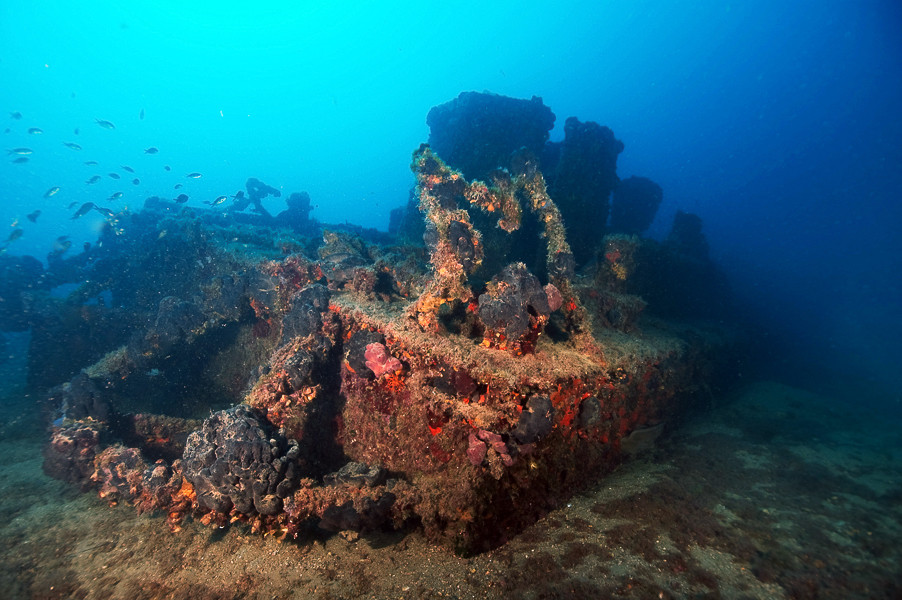
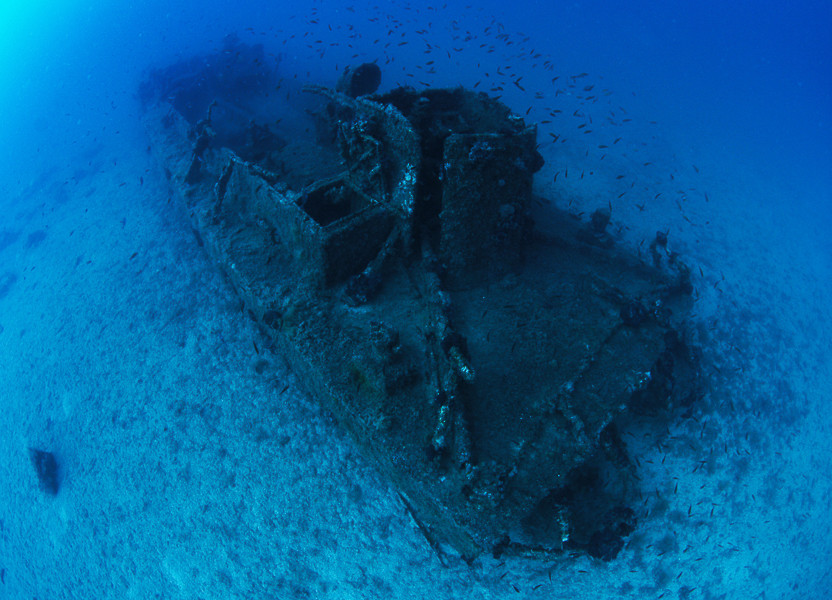
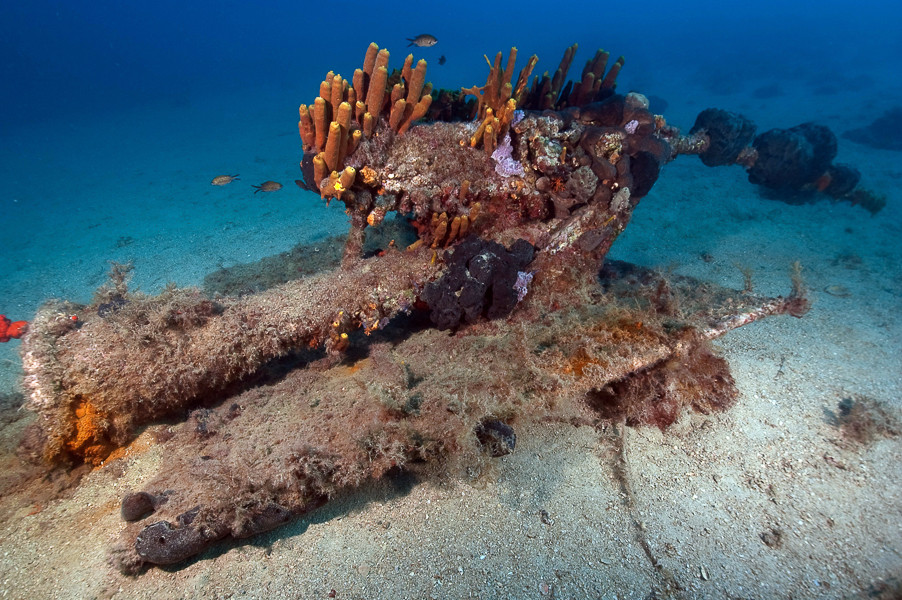

 The investment is co-financed by the Republic of Slovenia and the European Union from the European Regional Development Fund.
The investment is co-financed by the Republic of Slovenia and the European Union from the European Regional Development Fund.  H2O Globe BETA
H2O Globe BETA